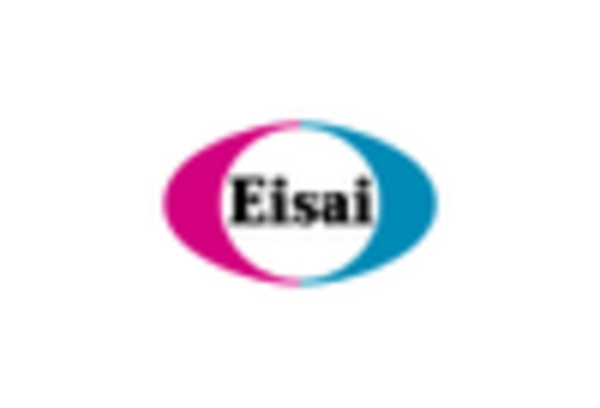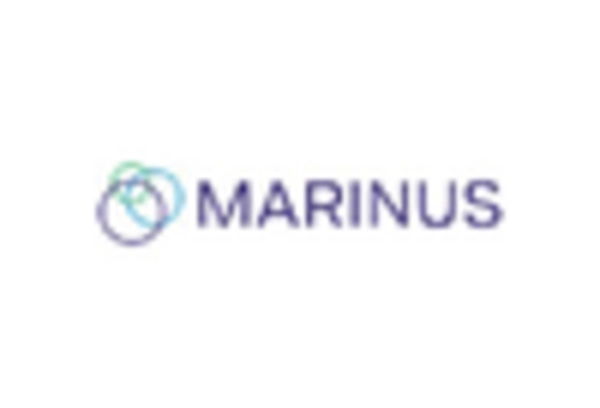Advancements in Genetic Research
Advancements in genetic research are significantly influencing the dravet syndrome market. The identification of specific genetic mutations associated with Dravet syndrome has opened new avenues for targeted therapies. In the GCC, ongoing research initiatives are focusing on gene therapy and personalized medicine, which could potentially transform treatment paradigms. The market is likely to benefit from these innovations, as they may lead to the development of more effective and tailored treatment options. Additionally, collaborations between academic institutions and pharmaceutical companies are expected to accelerate the pace of research, further driving growth in the dravet syndrome market.
Growing Demand for Specialized Care
There is a growing demand for specialized care in the GCC region, which is impacting the dravet syndrome market. Families affected by Dravet syndrome often seek comprehensive care that includes multidisciplinary approaches, such as neurology, genetics, and behavioral therapy. This trend is prompting healthcare providers to develop specialized clinics and programs tailored to the needs of these patients. As awareness of the condition increases, the demand for specialized services is likely to rise, leading to a more robust market. Additionally, the establishment of support networks and advocacy groups may further enhance the visibility of Dravet syndrome, driving demand for targeted therapies and interventions.
Increasing Incidence of Dravet Syndrome
The rising incidence of Dravet syndrome in the GCC region is a crucial driver for the dravet syndrome market. Recent studies indicate that the prevalence of this rare genetic epilepsy disorder is increasing, with estimates suggesting that it affects approximately 1 in 15,700 live births. This growing patient population necessitates the development of targeted therapies and interventions, thereby expanding the market. As healthcare providers become more aware of the condition, the demand for effective treatment options is likely to rise. Furthermore, the increasing number of diagnosed cases may lead to enhanced research funding and investment in the dravet syndrome market, fostering innovation and the introduction of new therapies.
Increased Investment in Healthcare Infrastructure
The GCC region is witnessing increased investment in healthcare infrastructure, which is a vital driver for the dravet syndrome market. Governments are prioritizing healthcare spending, with budgets allocated for the development of specialized medical facilities and research centers. This investment is likely to enhance the availability of diagnostic tools and treatment options for Dravet syndrome. As healthcare systems improve, access to care for patients with this condition is expected to increase, potentially leading to higher diagnosis rates and treatment uptake. Consequently, the dravet syndrome market may experience growth as healthcare providers expand their offerings to meet the needs of this patient population.
Regulatory Changes Favoring Rare Disease Treatments
Regulatory changes in the GCC region are favoring the development of treatments for rare diseases, including Dravet syndrome. Recent initiatives aimed at expediting the approval process for orphan drugs are likely to benefit the dravet syndrome market. These regulatory frameworks may encourage pharmaceutical companies to invest in research and development for rare conditions, leading to a more diverse range of treatment options. As a result, patients may gain access to innovative therapies more quickly, which could significantly impact their quality of life. The supportive regulatory environment is expected to stimulate growth in the dravet syndrome market, attracting new players and fostering competition.

















Leave a Comment